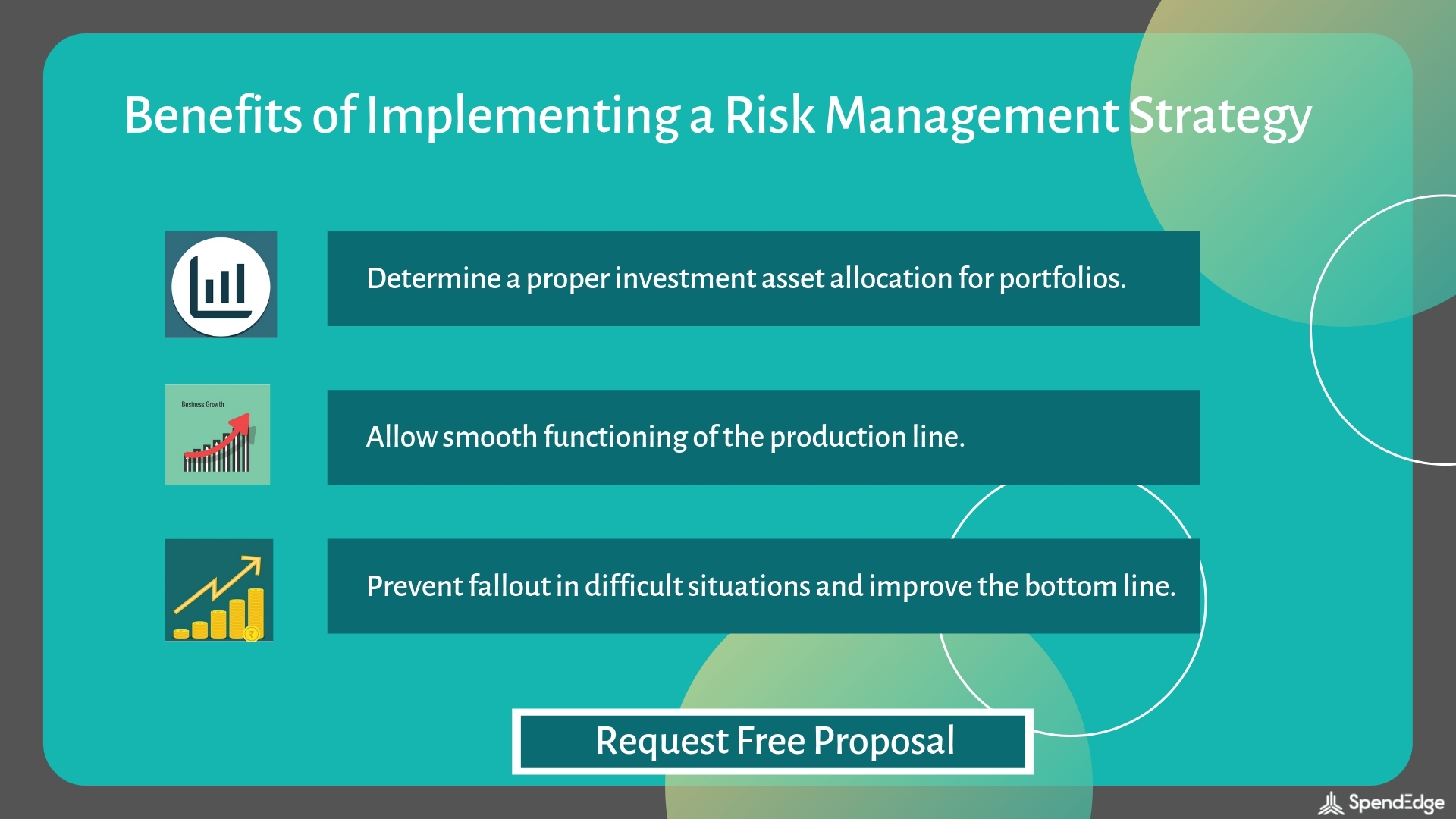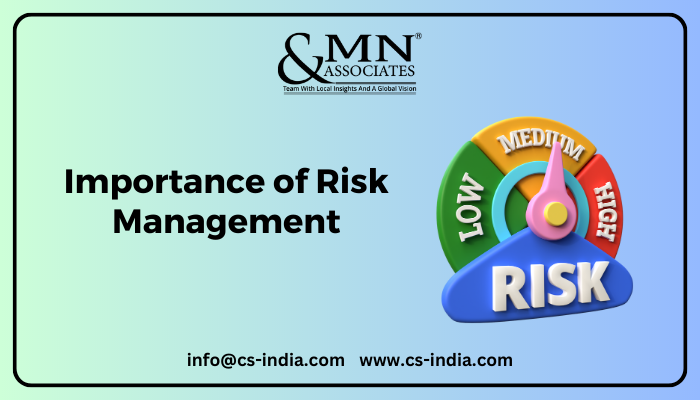The Unquestionable Importance of Risk Management in Safeguarding Business Success
Checking out the Importance of Risk Management for Effective Decision-Making Techniques
In the detailed globe of company, Risk Management arises as an essential consider the decision-making process. The ability to determine possible risks and possibilities, and strategize as necessary, can lead to the distinction in between success and failing. With tools such as SWOT and PESTEL, companies are outfitted to make enlightened choices, fostering strength and flexibility in an ever-changing setting. Wondering just how this works? Allow's unpack the characteristics additionally.
Comprehending the Idea of Risk Management
Risk Management, an essential component in decision-making, is usually misinterpreted or oversimplified. Risk Management entails regimented and structured strategies, using information and informative evaluations. From economic uncertainties, lawful obligations, strategic Management mistakes, to mishaps and all-natural catastrophes, it resolves various threats - importance of risk management.
The Function of Risk Management in Decision-Making Processes
In the world of strategic preparation and organization operations, Risk Management plays an integral duty in decision-making procedures. Risk Management hence comes to be an essential device in decision-making, assisting leaders to make informed choices based on a comprehensive understanding of the threats entailed. Risk Management offers as an essential element in the decision-making processes of any kind of company.

How Risk Management Improves Strategic Planning
In the context of strategic preparation, Risk Management plays a crucial function. Initiating with the recognition of possible dangers, it further encompasses the execution of Risk mitigation actions. The function of Risk Management is not static yet dynamic, as it requires constant surveillance and adjusting of methods.
Identifying Possible Dangers

Applying Risk Reduction
Having actually developed the relevance of recognizing prospective threats, the following action is to discover Risk reduction. This process involves establishing and implementing approaches to handle recognized threats properly. It is an essential aspect of tactical planning as it enhances decision-making by minimizing prospective negative outcomes. Risk reduction approaches can vary from Risk avoidance, Risk transfer, to take the chance of decrease. Each method must be tailored to the particular Risk, considering its possible effect and the organization's Risk resistance. In addition, reliable Risk mitigation requires a deep understanding of the Risk landscape and the possible effect of each Risk. This understanding allows organizations to focus on dangers and assign resources efficiently, making sure that one of the most considerable risks are attended to first.
Tracking and Adjusting Approaches
Though Risk mitigation is a vital action in calculated preparation, constant surveillance and modification of these approaches is equally vital. This recurring process permits organizations to determine brand-new risks and reassess existing ones, ensuring the executed approaches remain efficient in the ever-changing business environment. It likewise gives an opportunity to examine the success of the Risk Management steps, permitting changes to be made where necessary, additional boosting strategic planning. Effective surveillance and adjustment require making use of analytics and essential performance signs (KPIs) to gauge effectiveness. These tools offer useful data-driven understandings that can educate strategic decision-making. As a result, monitoring and readjusting Risk Management techniques is an essential part for improving an organization's resilience and strategic preparation.
Instance Studies: Effective Risk Management and Decision-Making
In the world of organization and financing, effective Risk Management and decision-making typically serve as the columns of prosperous ventures. These cases highlight the worth of astute Risk Management in decision-making processes. These cases emphasize the essential function of Risk Management in calculated decision-making.
Devices and Methods for Reliable Risk Management
Browsing the detailed labyrinth of Risk Management needs the appropriate set of devices and techniques. These tools, such as Risk signs up and heat maps, help in recognizing and evaluating possible threats. Methods consist of both measurable methods, like sensitivity evaluation, and qualitative her latest blog methods, such as SWOT analysis. These assistance in focusing on risks based on their prospective influence and probability. Risk reaction methods, a key element of Risk Management, entail approving, avoiding, transferring, or mitigating risks. Tracking and regulating threats, through routine audits and evaluations, make certain that the strategies remain effective. With these tools and methods, decision-makers can navigate the complicated landscape of Risk Management, thus promoting notified and reliable decision-making.
Future Patterns in Risk Management and Decision-Making Strategies
As we explore the large landscape of Risk Management, it becomes obvious that the devices and techniques utilized today will continue to advance. The concept of Risk society, where every participant of an organization is conscious and included in Risk Management, will certainly gain much more importance. address These fads herald a more positive and comprehensive strategy in the direction of Risk Management and decision-making.
Verdict

Risk Management therefore becomes a vital device in decision-making, aiding leaders to make educated choices based on a comprehensive understanding of the threats included. Risk mitigation strategies can vary from Risk avoidance, Risk transfer, to run the risk of decrease (importance of risk management). Reliable Risk reduction calls for a deep understanding of the Risk landscape and the possible effect of each Risk. Risk reaction strategies, a vital element of Risk Management, include approving, preventing, transferring, or mitigating threats. The concept of Risk culture, where every participant of an organization is mindful click resources and included in Risk Management, will obtain a lot more prominence